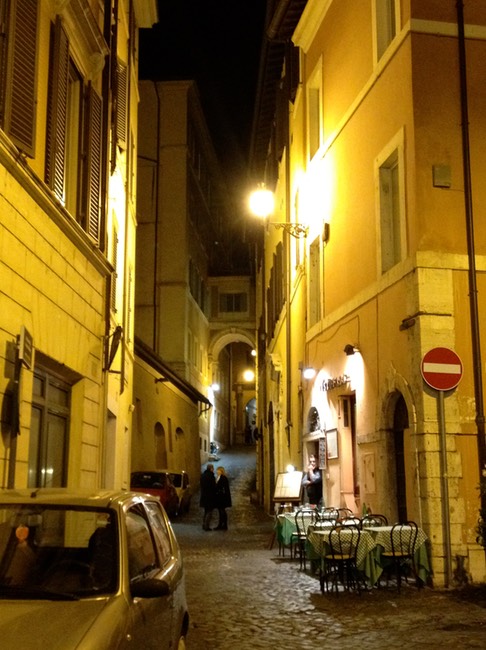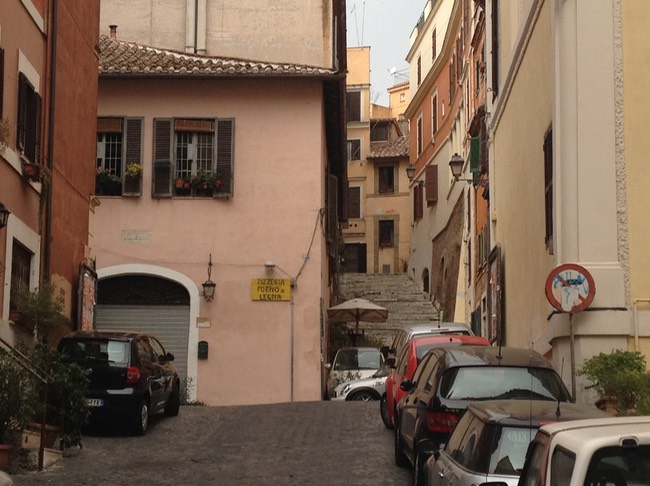Viva Italia
Exploring the Hidden Corners of Rome
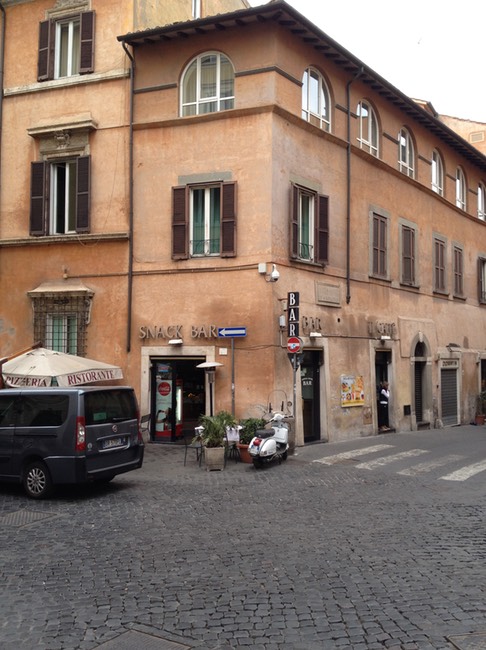
As with other places we have visited in the past, we learned that, even in this most famous tourist city, it is not impossible to make new discoveries. In amid the glories of the Forum, the Colosseum, and the Vatican, we found unexpected treasures. The first and most enduring was the unnamed caffè across the street from our apartment in the centre of the historic district, where each morning we bellied up to the bar for a quick coffee before setting out on our morning’s adventure. After a few days, they knew us, and our arrival was greeted with the words “Tre cappuccine?” as we joined the morning rush of breakfast-seeking Italians. Later in the day, tourists sat at the slightly shabby outdoor tables, for drinks or for dinner, but in the morning, the bar belonged to the Romans… and us.
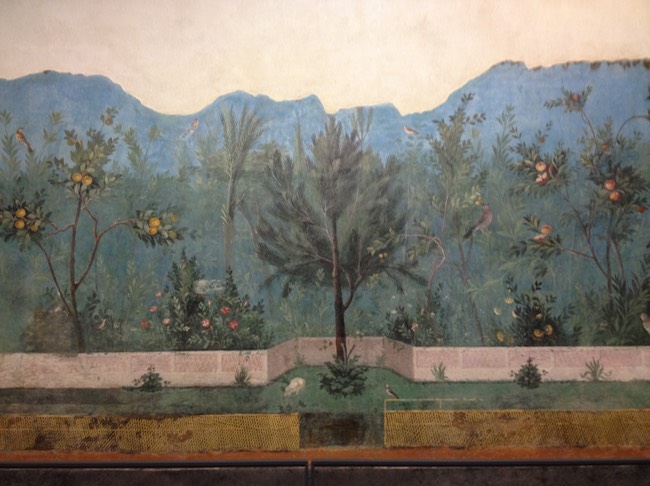
Of course, we visited the famed cultural monuments of the city and enjoyed them thoroughly. We got a bit of a jump on the Colisseo lineup through purchasing a bundled ticket at the Forum, where there were far fewer people. We were happy to finally view the astonishing Sistine Chapel, although huge logjam of people filling it made it a cultural experience more of the present than of the past. The National Museum at the Palazzo Massimo, next to the Termini train station, was a wonderful antidote to the crush. This amazing, “off-the-beaten-track” musuem was filled with antiquaries enough that we found ourselves completely “statued out”, after an hour of wandering its spacious and largely empty rooms. In addition to an astonishing collection of ancient Roman “portraits”, meaning the head sculptures preferred by the Romans as a means of memorialization, we wandered through an immense exhibit of coins from Republican Rome right through to the early twentieth century unified Italy. The highlight, though, was an incredible collection of ancient frescos, many of which had been reassembled in the form of the chambers for which they had originally been created. We were spellbound.
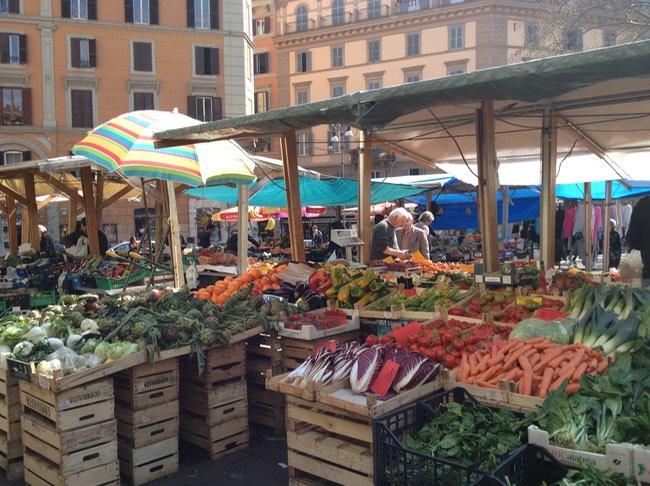
Trastevere, on the far side of the river, is very popular with visitors, but once away from the Piazza Santa Maria and the roads that lead between it and the river, there are lovely charming streets and quiet corners that feel hidden away. We walked into the middle of a wonderful produce market in Piazza San Cosimato, and bought cheese from a fabulous salumeria whose smells wafted all the way across the street. The delightful church of San Francesco in Ripa was small and exquisite and in the midst of restoration; the only people inside were the restoration workers, including a woman who stood patiently touching up a portion of the wall with a tiny paintbrush. We spent a relaxing hour at a bar just off Piazza Santa Maria, where we sat surrounded by Italian speakers at tiny tables and small bottles of prosecco cost only three euros.
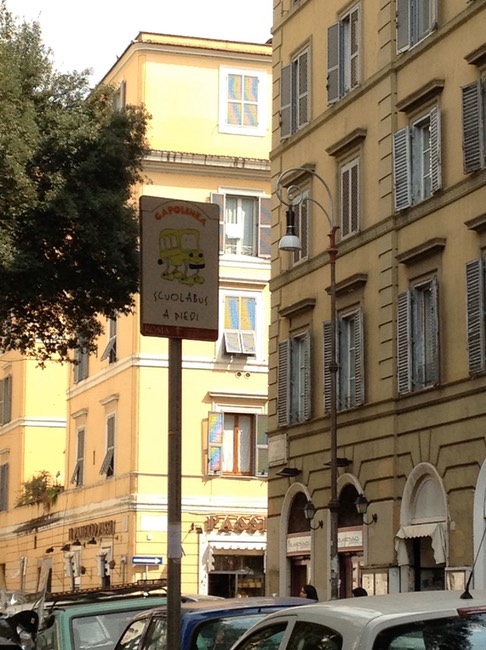
Testaccio, on the southern side of the Aventine Hill, has the sense of a forgotten garden just ready to burst into bloom. Its quiet streets are lined with tall, turn-of-the-century apartments, and it lacks the cobblestoned charm of most of central Rome. We had dismissed this neighbourhood during our search for accommodation, because its main claim to fame is the hill at one end built up of the crushed remains of ancient pottery, into which are dug caves that host the most up-and-coming of Rome’s nightclubs. But the working class neighbourhood also features a terrific covered market, which in March was filled with an amount of produce designed to reduce a Canadian to tears. And the heart of Testaccio, the Piazza Santa Maria Liberatrice, is a large, friendly green space containing a playground, ringed by a few pleasant cafes and featuring a tall church just over a century old. We enjoyed one of our least-expensive cafes at a table set out on the piazza by the bar across the street, where we watched the coming and going of young families into the playground.
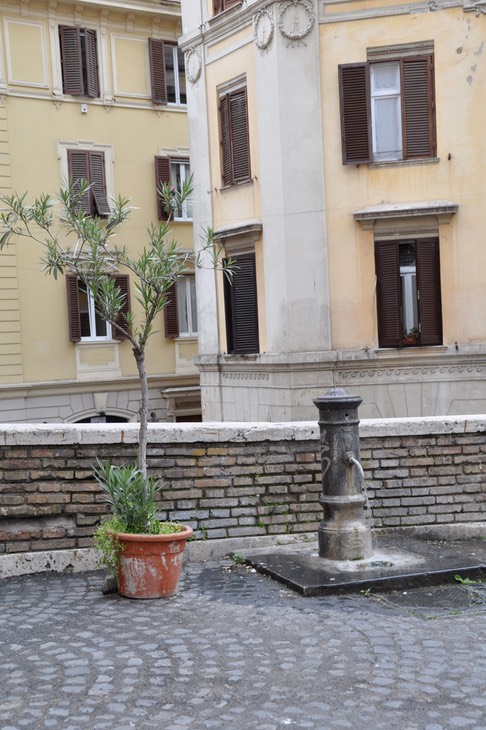
Monti, the area which lies roughly between the Coliseum and the train station, was a peaceful neighbourhood full of character. Between the thoroughfare Via Nazionale and the Via Cavour, the area is crisscrossed with the characteristic narrow, cobbled streets and tall buildings of the more familiar areas further west. However, this neighbourhood is charming in its quietude. Notes of ethnicity are seen here: a Ukrainian Catholic church, a North African shop (with a tagine dish in the window), an Indian restaurant. The central piazza of the area was occupied by only a few, its two-tiered fountain bubbling gently for small number of local inhabitants.
We enjoyed all these tastes of a Rome apart from ancient history and modern-day tourism, and I feel sure that we have only begun to delve into the true heart of this amazing city.
Photos: Monti district; Il Caffè; fresco in the National Museum; mercato in Trastevere; school bus stop in Testaccio; street garden in Monti; back streets of the Trevi district
